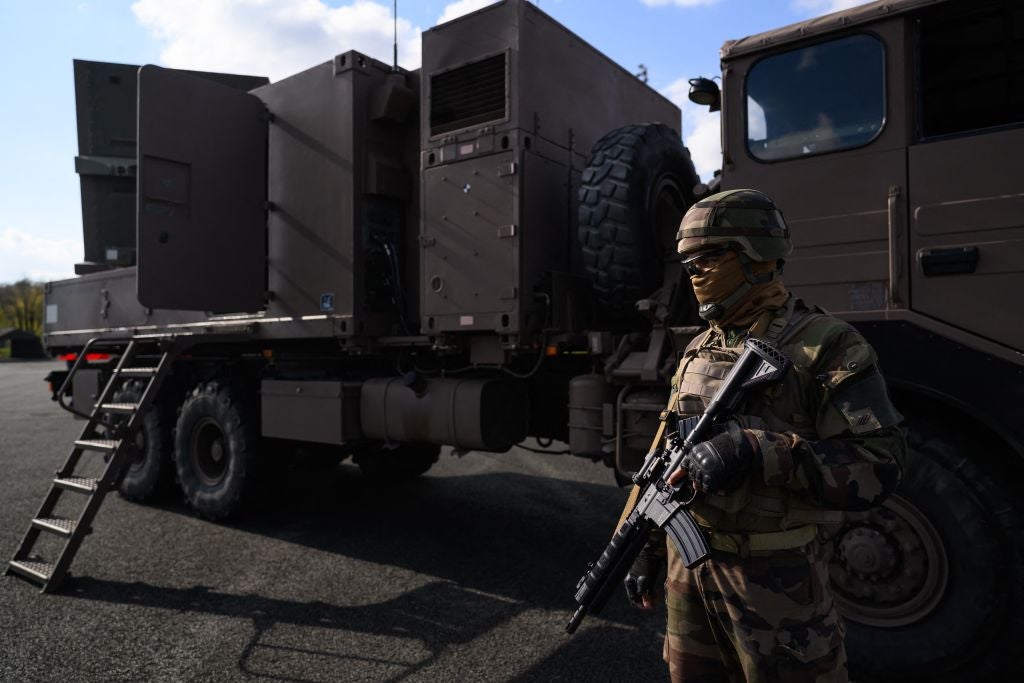
On 11 May the Organisation for Joint Armament Co-operation (OCCAR) released a mid-life update on the Counter Battery Radar (COBRA) programme.
Germany and France are involved in a cooperative long-range battlefield radar programme known as COBRA. The COBRA radar systems have been in service for over a decade, having been introduced in 2005 and completed deliveries in 2007. ESG has been awarded an in-service support contract (ISS) that was first established in 2013 and has since been renewed at the close of 2022. This contract will encompass all activities related to COBRA ISS until the conclusion of 2025.
The COBRA system is a sophisticated land-based weapon locating system with a powerful radar and processing capabilities, and a versatile command, control, and communication system. The design includes an active solid-state phased array antenna that is composed of several thousand transmit/receive modules.
The primary objective of the COBRA mission is to identify the whereabouts of mortars, rocket launchers, and artillery batteries, and to furnish crucial intelligence for countering their impact. COBRA has a detection range of up to 100km, and within two minutes, it can locate and classify up to 40 batteries, according to OCCAR, making it a highly efficient tool for battery detection. The device will have the capability to monitor cease-fire violations in its role as a peacekeeper.
Contractors Thales LAS France and ESG completed the retrofit of the first batch of COBRA ATLAS Sub-Assembly (CASA) in April 2023. The latest version of CASA has been designed to address obsolescence and improve interconnections with other COBRA updated components. Its primary function is to facilitate communication between the FR C3 Artillery ATLAS and the radar system.
In the months of March and April in 2023, the New Prime Power Unit (NPPU) was successfully accepted. The contractor responsible for providing the NPPU was ESG. The NPPU has been developed with the purpose of providing hybrid power to the COBRA radar. This is achieved through the utilisation of variable speed technologies, which can be easily adjusted to suit any public electric grid.
The COBRA Radar Environment Simulator (CRES) was accepted in March 2023. The contractors responsible for providing the CRES were Hendsoldt and ESG. The CRES serves as the primary component for evaluating and validating the COBRA radar’s functionality within a controlled laboratory setting, utilising reproducible target trajectories.
In September 2022, the Radar Target Generator (RTG) was accepted, as provided by contractors Hendsoldt and ESG. The RTG is a crucial as test equipment during the Mid-Life Update of the COBRA system, and has been designed to simulate target trajectories.
The Nato support and procurement organisation has entered into a service level agreement for a variety of logistic support services. The In-Service Support Phase is managed by the OCCAR-EA COBRA Programme Division. In 2019, a series of system improvements were initiated to rectify obsolescence and extend the life cycle of the systems.








